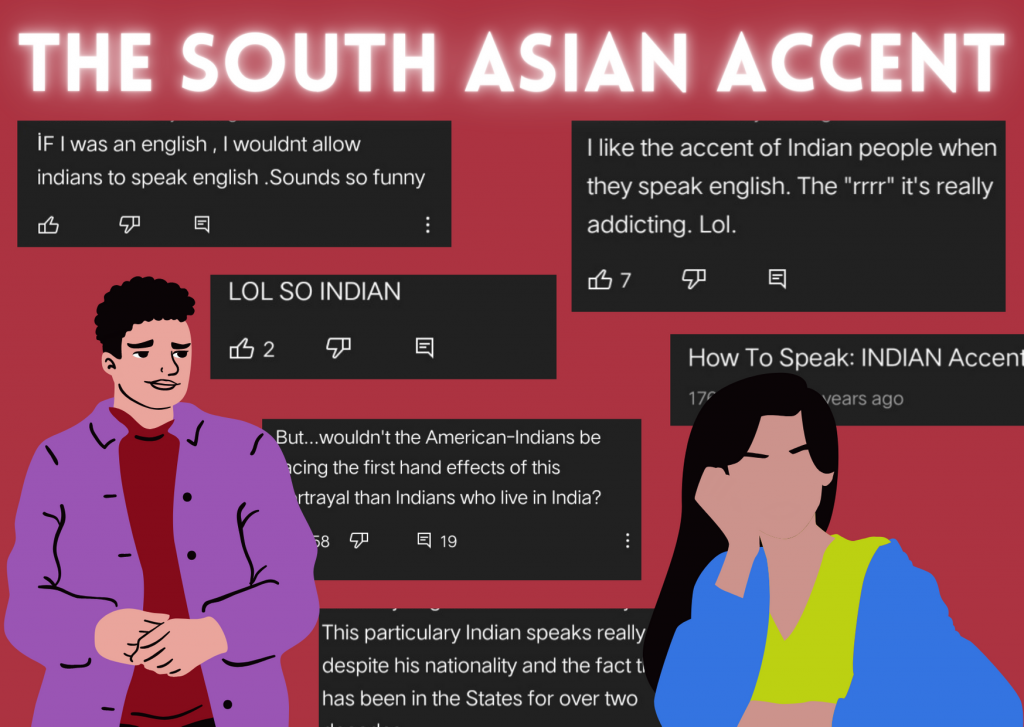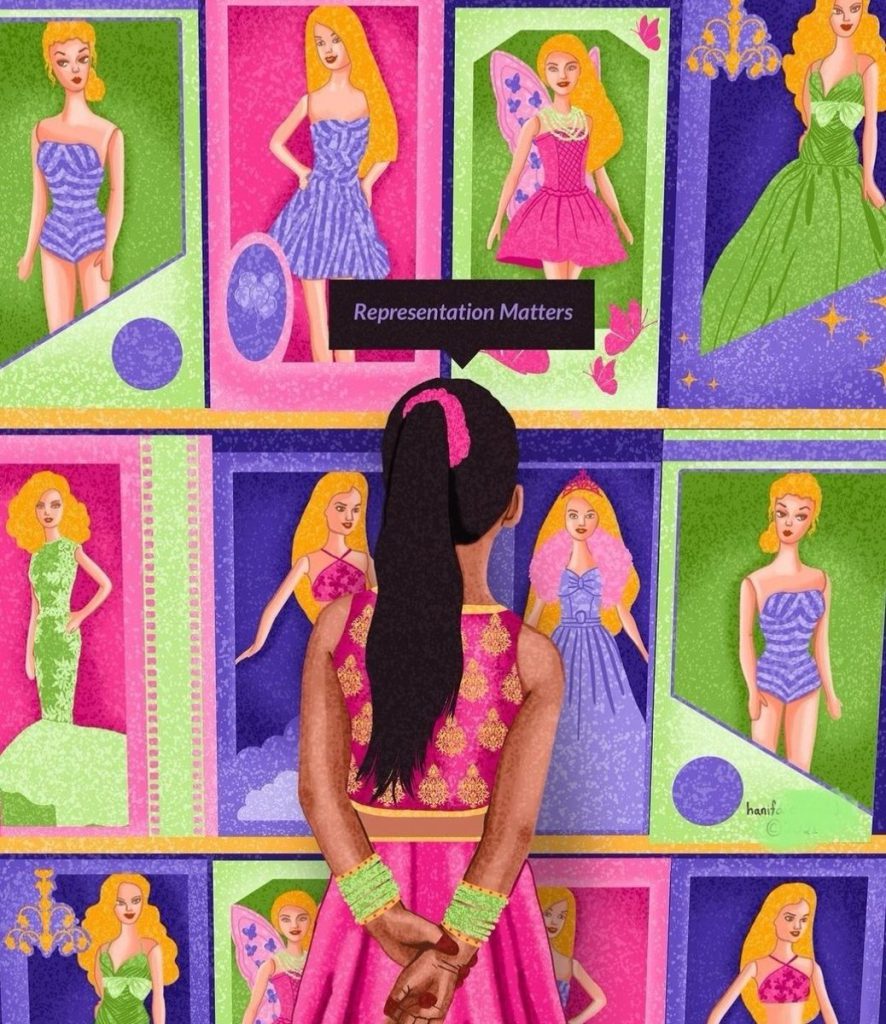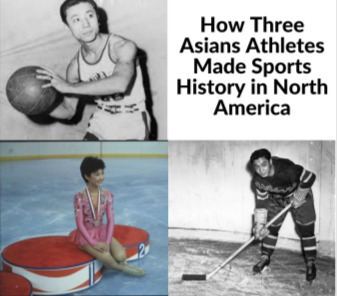“Yes, my accent is real,” reads the title of Kunal Nayyar’s memoir, which was what really led me to watch some of his interviews on YouTube tonight. Growing up as a quintessential geek, The Big Bang Theory was and still is one of my favourite television shows of all time. Although the show has its flaws, the South Asian representation in mainstream media inspires youth to look up to people of their own ethnicity and race who are often marginalized.
I was sure Kunal Nayyar, the actor who played Raj Koothrapalli in The Big Bang Theory, did not speak with a “typical” Indian accent in real life, unlike his character in the show. Well, that was until tonight. Now as I’m watching the British-Indian gentleman proudly claim his nationality and accent, I also can’t help but notice the countless comments defaming him for living in the United States and yet not ditching that “pathetic” accent.
What really is this Indian accent? An exaggeration of the high-pitched sounding, sing-song tone of the original accent has been ridiculed by the Western media too many times. We see this in Apu from The Simpsons, Ray Butani from Schitt’s Creek, and Nalini Vishwakumar from Never Have I Ever, just to name a few.
The character, Apu Nahasapeemapetilon, from The Simpsons,uses a very distinct Indian accent. In a 2018 speech by Professor Shilpa Davé, he expresses his opinions on the use of this accent in a children’s show: “[His accent is used] is to promote difference and congenial differences because you laugh at the difference — his inability to speak English in a particular way, or the way in which the words sound. Apu is translated into an individual who is not taken seriously because of how he talks.”
Disappointing indeed. In fact, Apu was so offensive to the diaspora that a documentary called The Problem With Apu even got released in 2017, dissecting the stereotypes and racial microaggressions the character presented.
Another important term to explore in this context is patanking, which means to speak English with an exaggerated enunciation that is more an offensive caricaturization than an accurate representation of an Indian accent. In simpler terms, patanking is what has been portrayed in Western media throughout the years.
Despite South Asian America’s budding pop-cultural renaissance, patanking’s legacy lingers. In Master of None, Aziz Ansari fictionalized his own experiences when casting directors asked him to do the accent. Kumail Nanjiani had been asked to patank as well, though he naturally speaks with a Pakistani accent. When directors favour actors willing to patank, they force performers to make a tradeoff between integrity and success.
It has been automatically assumed that all Indian accents are more than often funny-sounding and grammatically incorrect. “Let’s be clear: the Indian accent isn’t cool,” reads the opening line of an article on the very same topic published by The Hindu.
The root cause of this was racial ignorance and the earlier depictions of Indians by white actors (wearing brownface) like Peter Sellers in The Party and Fisher Stevens in Short Circuit. These racial performances present Indians as a collection of characteristics and the object of humour rather than distinct characters and tend to influence representations (in scripts and minds of directors) of Indian and Indian American men.
From Donald Trump’s appalling imitation of the Indian Prime Minister Narendra Modi’s accent to the multiple YouTube videos which teach you how to master the Indian accent, I don’t really see an approaching end to the mockery inflicted upon us for the way we supposedly speak.
Your model minority, however, isn’t like this: Aziz Ansari, Mindy Kaling, and Hasan Minhaj can act, direct, and draw laughs without resorting to accents; filmstars with natural South Asian accents like Priyanka Chopra flatly refuse to play them up.
“None of my Indian diaspora friends in Canada/US speak/think as portrayed” actress Lisa Ray tweeted in response to the bad accents depicted in the Netflix series, Never Have I Ever. And neither have I, a resident of India since the past sixteen years. But even if we do, it’s none of your business.
Sources
https://youtu.be/dwWZwBC_4bkhttps://youtu.be/dwWZwBC_4bk
Edited by Amy Feng Zhang & Michelle Nishidera



